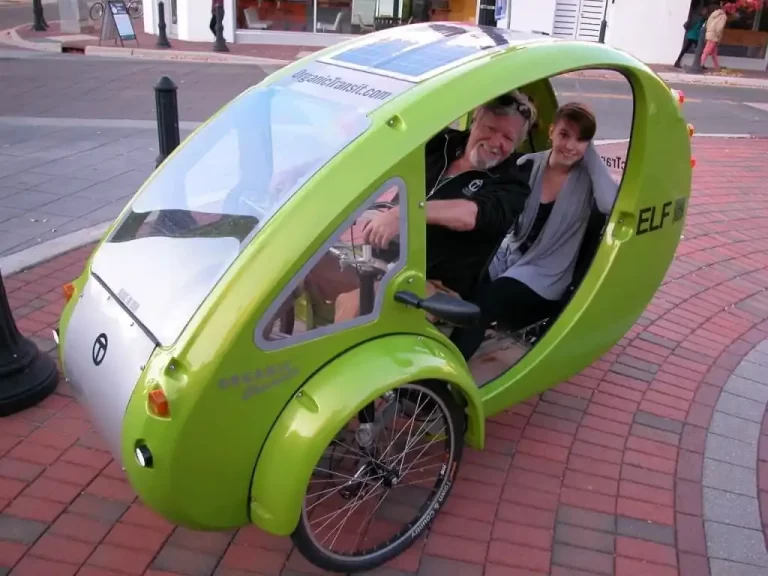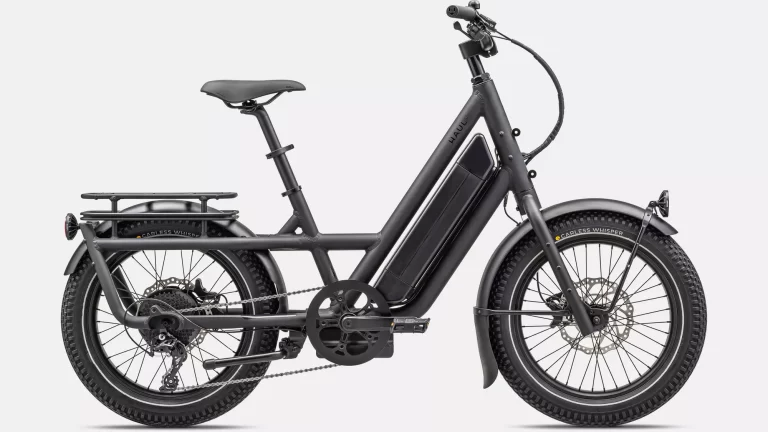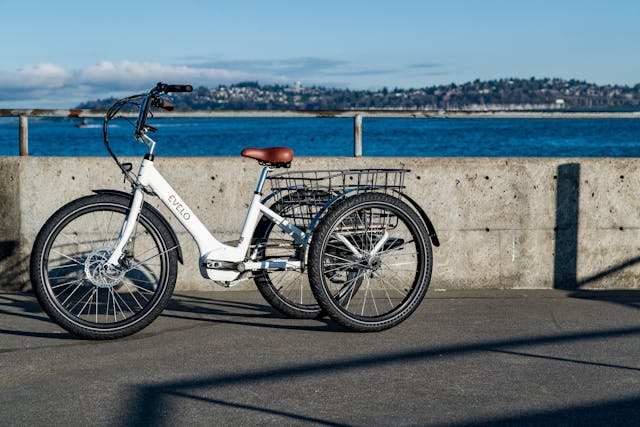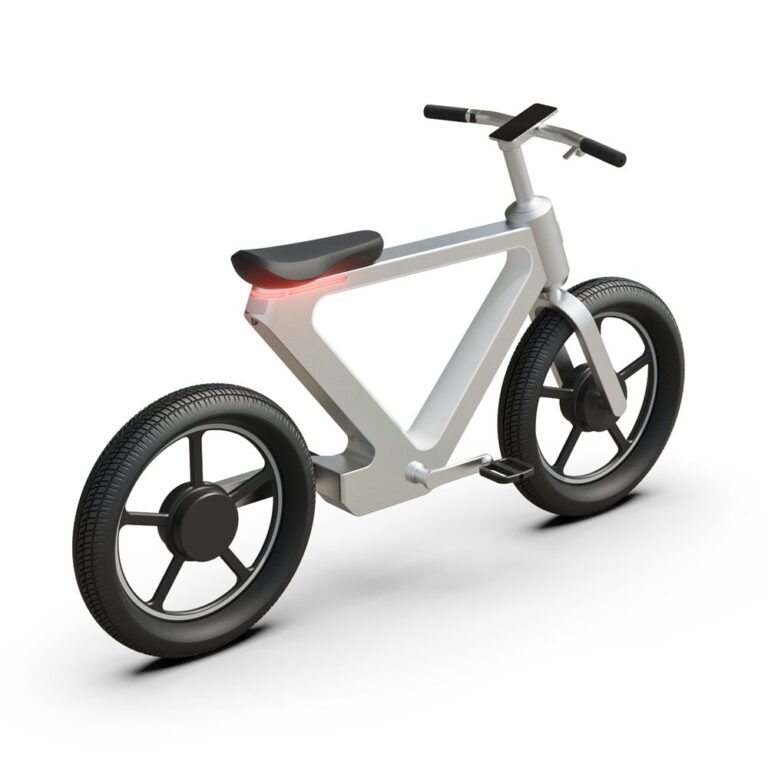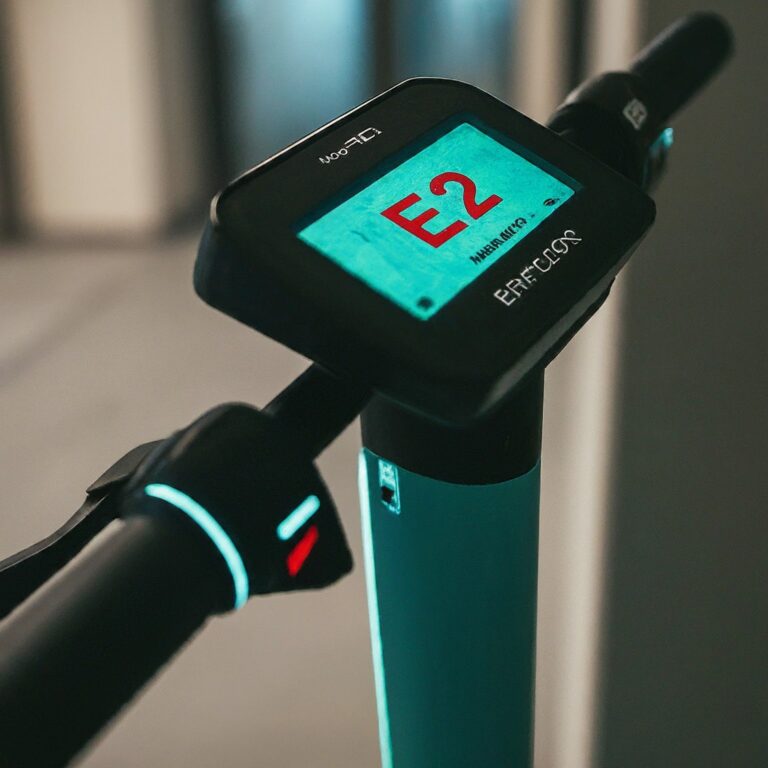Full Suspension vs. Hardtail: A Comprehensive Comparison of Electric Mountain Bikes
The allure of the mountain bike has captivated riders of all levels for decades. Whether you’re a seasoned trailblazer or a novice seeking adventure, the right electric mountain bike can transform your riding experience. With a myriad of options available, understanding the key differences between full-suspension and hardtail frames, motor placements, and battery capacities is essential for making an informed decision.
In this comprehensive guide, we’ll delve into these critical factors, helping you determine the ideal electric mountain bike to conquer your desired terrain and elevate your riding enjoyment.
Understanding Mountain Bike Suspension
The foundation of a mountain bike’s performance lies in its suspension system. Two primary types dominate the market: full suspension and hardtail.
Full Suspension Mountain Bikes
Full suspension mountain bikes feature shock absorbers both at the front and rear, offering unparalleled comfort, control, and traction. As the bike encounters rough terrain, the suspension absorbs impacts, maintaining tire grip and preventing rider fatigue. This technology excels in handling aggressive trails, with benefits extending to enduro and downhill riding styles.
However, this advanced system comes with trade-offs. Full suspension bikes tend to be heavier and more expensive than their hardtail counterparts. Additionally, they require more frequent maintenance due to the complexity of their components.
Ideal for: Riders seeking maximum performance on demanding trails, including those who enjoy enduro and downhill riding.
Hardtail Mountain Bikes
In contrast to full suspension bikes, hardtails feature a suspension fork at the front but a rigid rear end. This simpler design offers several advantages. Hardtails are typically lighter and more affordable, making them a popular choice for budget-conscious riders. Their straightforward mechanics also require less maintenance, reducing upkeep time. Additionally, the direct power transfer to the rear wheel results in efficient pedaling, ideal for cross-country riding and climbing.
However, the lack of rear suspension compromises comfort and traction on rough terrain. While hardtails can handle light trails and urban environments with ease, they may struggle on demanding downhill sections or rocky trails.
Ideal for: Cross-country riding, trail riding, urban commuting, and beginners.
RELATED CONTENT
The Impact of Motor Placement
The placement of the motor significantly influences an electric mountain bike’s performance, handling, and overall riding experience. Two primary motor configurations exist: hub motors and mid-drive motors.
Hub Motors
Hub motors are integrated into the bike’s wheel, either at the front or rear. This design offers several advantages. They are typically simpler in construction, leading to lower costs and easier maintenance. However, this simplicity comes with trade-offs. Hub motors tend to be less efficient than mid-drive motors, meaning they consume more battery power for the same amount of output. Additionally, they can be prone to wheel slip, especially on loose surfaces. The riding experience might feel less natural compared to mid-drive systems, as the power delivery can be less intuitive.
Hub motors excel in flat terrain and urban environments where efficiency and traction are less critical. They are a suitable choice for budget-conscious riders seeking a straightforward electric bike.
Mid-Drive Motors
Mid-drive motors are positioned in the bike’s bottom bracket, replacing the traditional chainring. This strategic placement offers significant advantages. By directly interacting with the bike’s drivetrain, mid-drive motors achieve superior efficiency, converting more of the battery’s energy into forward motion. This translates into longer range and better hill-climbing capabilities.
Moreover, mid-drive systems provide a more natural riding experience. The motor’s power output is often modulated by a torque sensor, which responds to the rider’s pedaling force. This creates a seamless integration between human and electric power, enhancing control and responsiveness.
While mid-drive motors offer exceptional performance, they come with higher costs due to their complex engineering. Installation can be more involved compared to hub motors, and maintenance might require specialized tools.
Ideal for riders seeking maximum performance, especially on challenging terrains, mid-drive electric mountain bikes excel in climbing steep hills, tackling technical trails, and delivering an overall exhilarating ride.
Battery Capacity: The Power Behind the Ride
The heart of any electric mountain bike is its battery, and its capacity is crucial to determining the bike’s range. Battery capacity is measured in watt-hours (Wh), and a higher number equates to a longer potential riding distance.
Several factors influence the actual range you can expect from a fully charged battery. Terrain plays a significant role, with uphill climbs and rough surfaces draining the battery faster than flat, smooth paths. Rider weight also impacts range, as heavier riders demand more power from the motor. Additionally, the level of pedal assist you choose affects battery consumption, with higher assist levels consuming more energy. Finally, temperature can influence battery performance, with colder conditions reducing efficiency.
Estimating battery range can be challenging due to these variables. While manufacturers often provide estimated ranges, it’s essential to consider your riding style and terrain to get a realistic expectation. Several online tools and calculators can help you estimate range based on specific factors.
To maximize your battery life, consider the following tips:
- Optimize pedal assist: Use lower assist levels when possible, and pedal actively to conserve battery power.
- Manage your speed: Avoid excessive acceleration and maintain a steady pace to reduce energy consumption.
- Maintain proper tire pressure: Underinflated tires increase rolling resistance, which drains the battery faster.
- Charge your battery regularly: Consistent charging helps maintain battery health and lifespan.
- Store your battery properly: Avoid extreme temperatures and keep the battery partially charged when storing for extended periods.
Choosing the Right Electric Mountain Bike
Selecting the perfect electric mountain bike requires careful consideration of several factors to ensure a satisfying riding experience.
Consider Your Riding Style
The type of terrain you’ll predominantly encounter should dictate the bike’s features. If you crave adrenaline-pumping downhill adventures, a full-suspension model with ample travel is essential. For cross-country enthusiasts, a lightweight hardtail might be more suitable. Assess your riding style to determine the ideal balance of suspension, motor power, and battery capacity.
Budget
Electric mountain bikes come in a wide range of prices. Determine your budget before diving into options. Prioritize features that align with your needs. Remember, investing in a higher-quality bike often translates to better performance, durability, and long-term satisfaction.
Test Ride
Whenever possible, test ride different models to experience firsthand how each bike handles. Pay attention to factors like comfort, control, and motor responsiveness. A test ride will help you determine the best fit for your body and riding style.
Maintenance Considerations
Electric mountain bikes require regular maintenance to ensure optimal performance and longevity. Factor in the cost of spare parts, routine tune-ups, and potential repairs when budgeting for your e-bike. Consider the availability of service centers and the bike manufacturer’s warranty coverage.
By carefully evaluating these factors, you can make an informed decision and select an electric mountain bike that perfectly complements your riding adventures.
Full Suspension Electric Mountain Bike:
Specialized Turbo Levo Comp Alloy
Overview: The Specialized Turbo Levo Comp Alloy is a high-performance e-mountain bike designed to tackle demanding trails with ease. It combines the power of a powerful electric motor with a well-tuned suspension system for exceptional handling and control.
Features:
- Powerful Turbo Full Power 2.0 motor
- 150mm of travel front and rear
- 12-speed SRAM Eagle drivetrain
- Strong and lightweight aluminum frame
- Comfortable geometry
Pros:
- Excellent range and power
- Smooth and efficient motor
- Comfortable and confident handling
- Durable build quality
Cons:
- High price point
- Can be heavy for some riders
Price Range: Starts around $6,999
Who it’s good for: Experienced mountain bikers looking for a powerful and capable e-bike to conquer challenging trails.
Where to buy: Specialized retailers, bike shops, and online platforms like Specialized’s website and other bike retailers.
Hardtail Electric Mountain Bike:
Rad Power Bikes RadRunner 2 Electric Bike
Overview: The Rad Power Bikes RadRunner 2 is a versatile electric bike that can handle light trails while also excelling as a commuter. It offers a comfortable riding experience and a long-lasting battery.
Features:
- Powerful 750W rear hub motor
- Comfortable step-through frame
- Wide, all-terrain tires
- Integrated rear rack
- Adjustable stem
Pros:
- Affordable price
- Versatile design
- Comfortable riding position
- Long battery range
Cons:
- Limited suspension for rough terrain
- Heavier than dedicated mountain bikes
Price Range: Around $1,199
Who it’s good for: Casual riders, commuters, and those seeking an affordable e-bike with off-road capabilities.
Where to buy: Rad Power Bikes website and select retailers.
FAQs
A: A torque sensor measures the force applied to the pedals, providing a more natural and responsive riding experience. A cadence sensor measures pedal rotation speed, which can lead to a less intuitive power delivery.
A: Store your battery in a cool, dry place, avoid deep discharges, and charge it regularly to optimize battery life.
A: Regenerative braking captures energy from the bike’s momentum when braking and converts it into electricity to recharge the battery.
A: Coil forks offer consistent performance, while air forks are adjustable for rider weight and terrain.
A: The best tire type depends on the terrain. For aggressive riding, consider larger, more aggressive tires. For general trail riding, a versatile all-terrain tire is suitable.
A: Yes, conversion kits are available, but they might require modifications and may not offer the same performance as a factory-built e-bike.
A: The bike frame should fit comfortably with a slight bend in your elbow when reaching for the handlebars.
Conclusion
Choosing the right electric mountain bike is a journey that requires careful consideration of your riding style, budget, and terrain. By understanding the differences between full suspension and hardtail frames, motor placements, and battery capacities, you can make an informed decision that enhances your mountain biking experience. Remember, the best way to find your perfect e-MTB is to test ride various models and explore different features.
We encourage you to share your electric mountain bike experiences and knowledge with fellow riders in the comments section below. Have you found the perfect e-bike? What challenges have you faced? We’d love to hear from you!
External Sources:
Kristina Grant is not just an enthusiast but a true authority on electric bikes. Nestled in the coastal beauty of Virginia, Kristina has found the perfect backdrop for her passion for electric biking. As a dedicated wife and homeschooling mom, her life revolves around family, faith, and the thrill of adventure.
Originally hailing from Ohio, Kristina's journey with electric bikes began as a curiosity and quickly evolved into a deep expertise. Her blog is a testament to her love for electric biking, combining her fascination for eco-friendly transportation with her coastal lifestyle.
When she's not cruising the beach on her electric bike, you'll find Kristina indulging in her other loves: long walks along the shore, getting lost in a good book, and cherishing moments with her loved ones. With a heart as big as her love for animals, especially cats, Kristina brings a unique perspective to the electric bike world, grounded in her strong faith in God and her dedication to a sustainable lifestyle.
Through her blog, Kristina shares her extensive knowledge of electric bikes, offering valuable insights, tips, and recommendations to fellow enthusiasts. Whether you're a seasoned rider or a newcomer to the electric bike scene, Kristina's blog is your go-to source for all things electric biking, fueled by her passion, expertise, and the scenic beauty of coastal Virginia.


